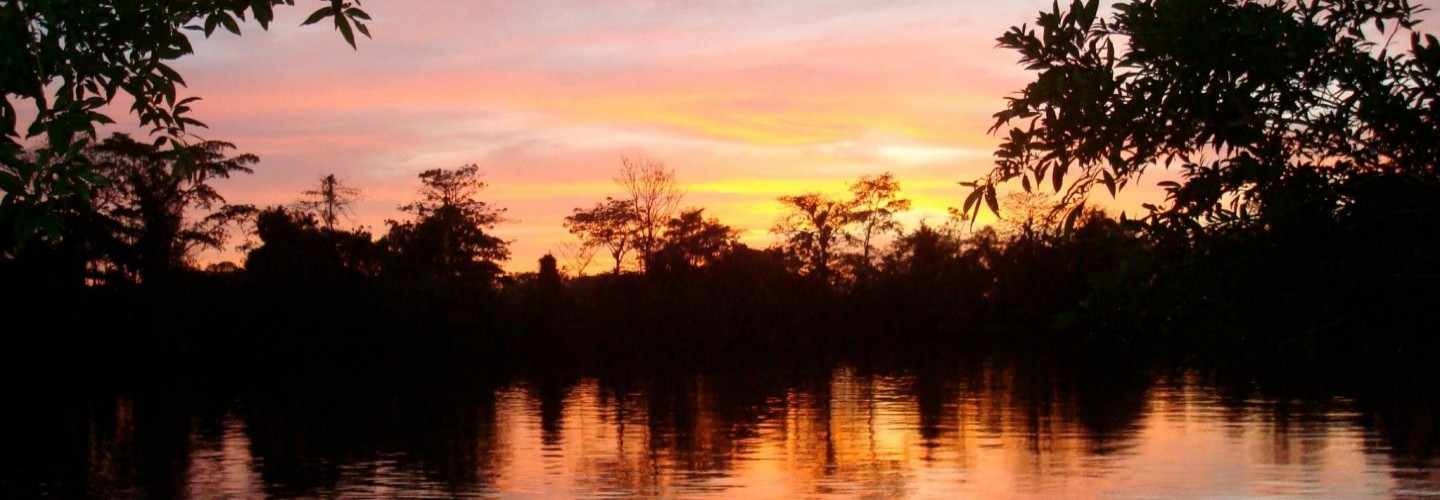With just over two weeks left until we board our plane for Managua, I have become increasingly anxious to make more headway in our research. While we have certainly come across a lot of interesting and pertinent information so far, I am now ready, more than ever, to get into the nitty-gritty.
After I met with the rest of the science group yesterday evening, I began some new research that was inspired by my macroeconomics class earlier that day. In class, we had been learning about how global warming undermines development efforts in the third world, and this got me wondering how Nicaragua has been affected.
I began with an article from The Nicaragua Dispatch, Oquist: Nicaragua can’t wait on climate change, where I learned that the average temperature in Nicaragua has increased by 3˚C in the past fifty years and, since 2006, Nicaragua has been losing $200 million a year in agricultural production because of the climate change. From there, I read another article, Can eco-battalion save Nicaragua’s energy revolution, that addressed some of the solutions Nicaragua has been seeking, including the “Ecological Battalion,” which is comprised of 580 soldiers, who, unfortunately, lack funding. This Ecological Battalion did succeed, however, in obtaining 111,800 feet of illegal lumber in the Cerro Wawashang reserve, which is located in the municipality above Río San Juan, Región Autónoma del Atlántico Sur. The problem of “timber trafficking” in Cerro Wawashang is a problem that is evident throughout all of Nicaragua, apparently. To put it in perspective, the 864,868-acre reserve could be reduced to nothing in just twenty years, if this rate of deforestation is not stopped. A country that was 63% primary forest thirty years ago is now 41% primary forest, and by 2030, it could be just 25%.
 The implications of this deforestation reach even further than I ever imagined. For instance, the plan by the Nicaraguan government to switch to 50% hydroelectric energy in the next five years could become obsolete before it even succeeds, especially if there isn’t enough forest to produce the needed rain for the hydroelectric plants.
The implications of this deforestation reach even further than I ever imagined. For instance, the plan by the Nicaraguan government to switch to 50% hydroelectric energy in the next five years could become obsolete before it even succeeds, especially if there isn’t enough forest to produce the needed rain for the hydroelectric plants.
While I have not finished all of this research, I thought it was a fascinating start. Judging from what I have seen so far, it will be important that in the future the Makengue Project not only preserves the trees on its own land, but that it shares the harms of deforestation with the local Nicaraguan landowners. Oftentimes, “timber traffickers” pay the impoverished locals to form the networks that cut and haul the trees; so educating the public of the costs that are involved is an important step in discouraging these partnerships. Cerro Wawashang and Fundación para la Autonomía y el Desarrollo de la Costa Atlántica de Nicaragua, a organization that operates on the reserve, are great models to learn from and base our research on.






